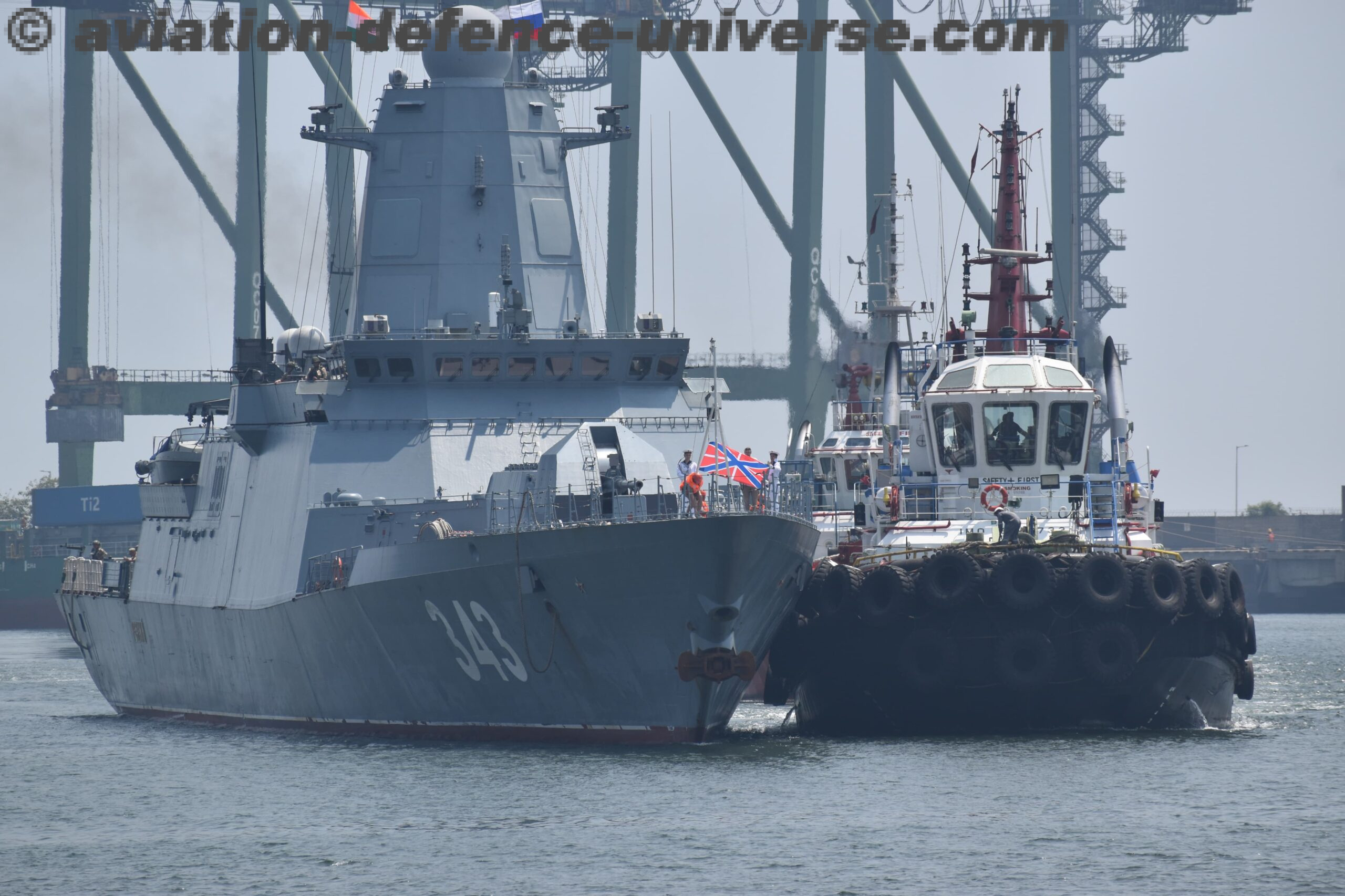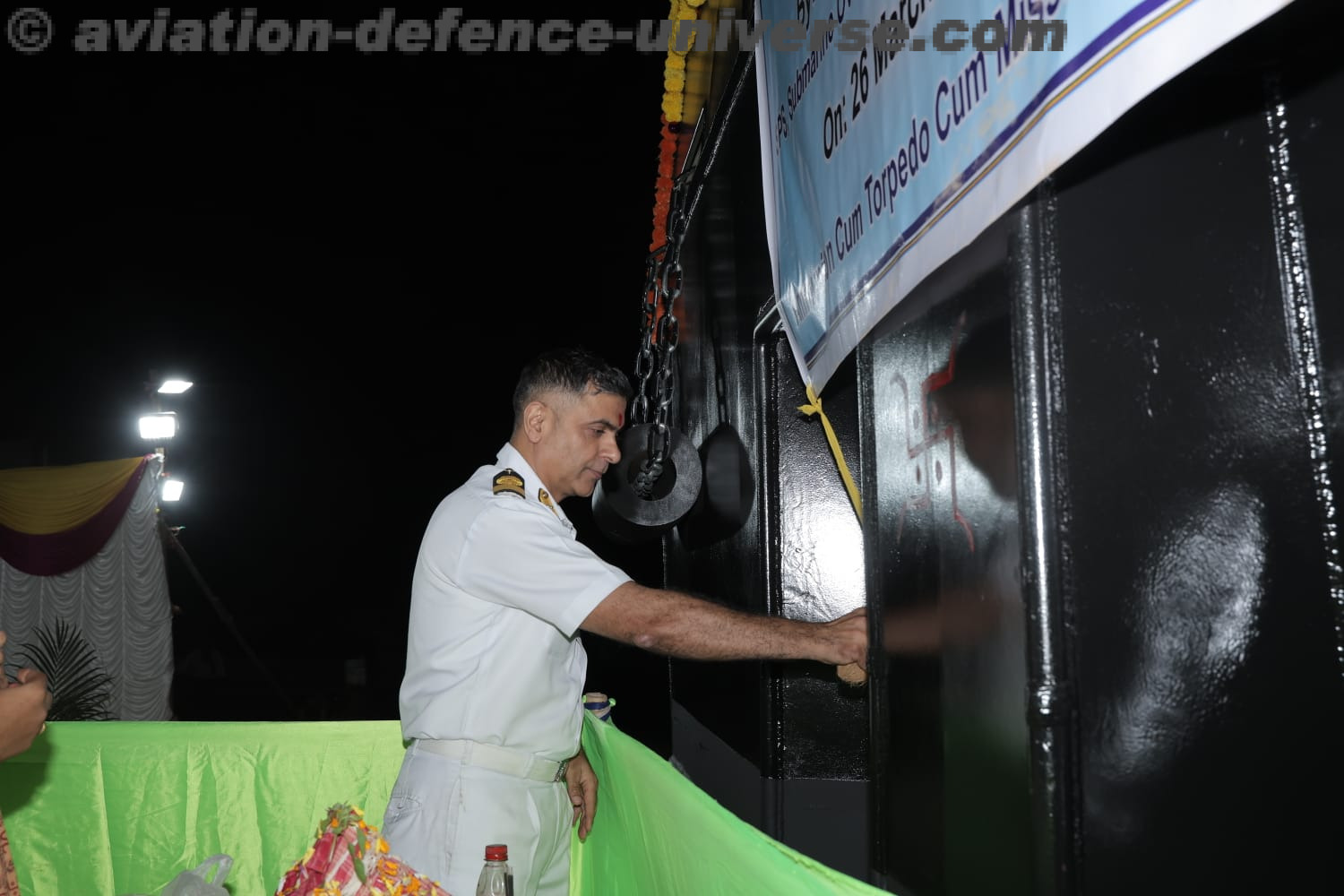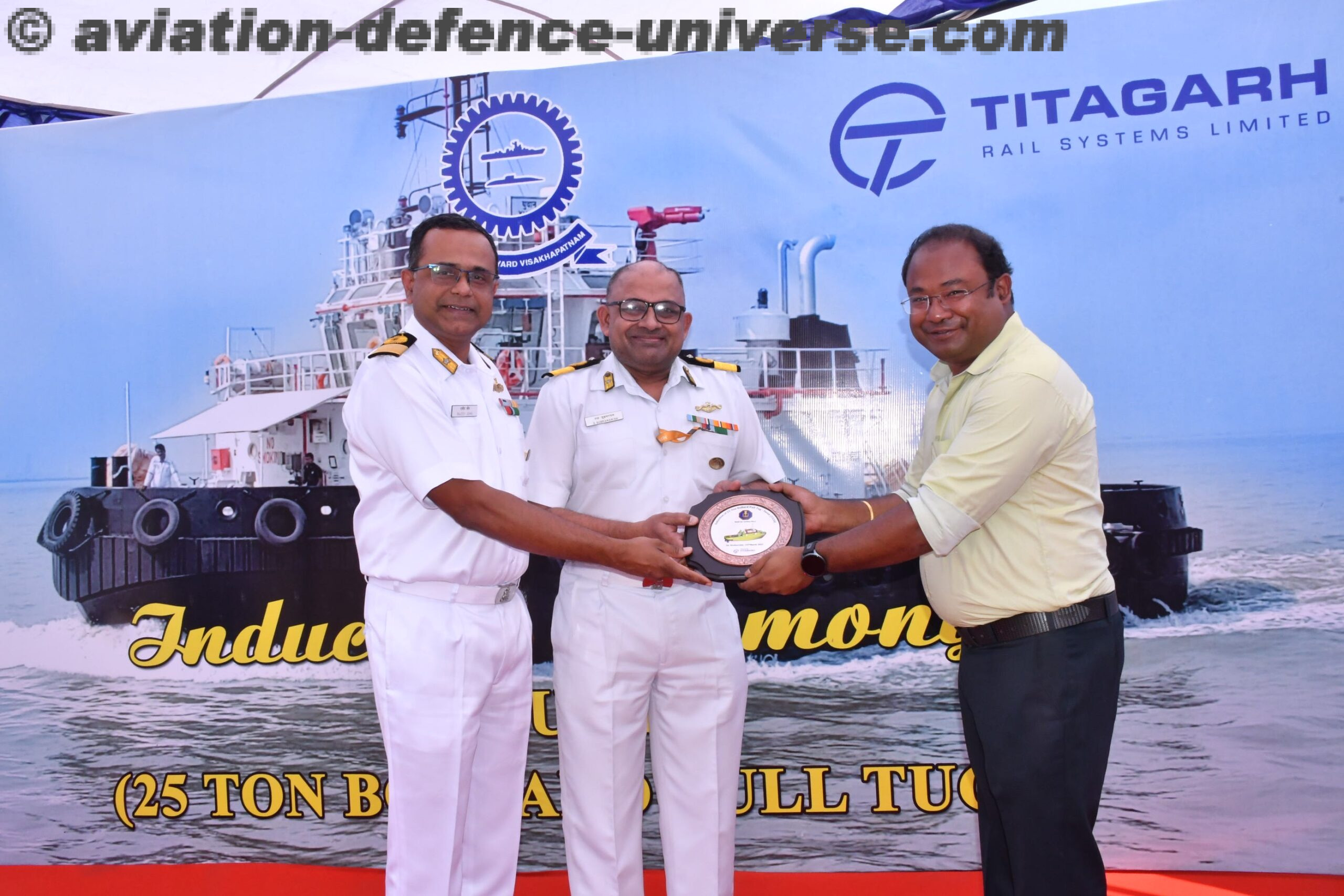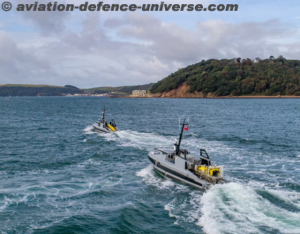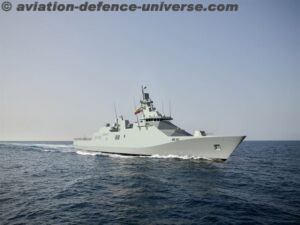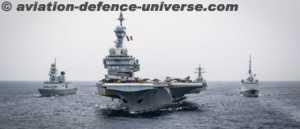London. 03 July 2020. All five surface ships and three of the five boats taking part in NATO’s ‘High North’ submarine hunt mustered for combined manoeuvres and ‘photocall’ before knuckling down to the traditional game of cat and mouse between hunter and hunted in the grey wastes of the Atlantic.
The gathering was, says Commander Matt Sykes, HMS Kent’s Commanding Officer, “a formidable sight”.
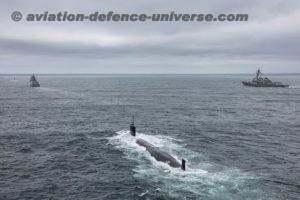
Two Royal Navy frigates – Kent plus sister HMS Westminster, both from Portsmouth, each with submarine-hunting Merlins from 814 Naval Air Squadron from Culdrose embarked – and Trafalgar-class boat HMS Trenchant are taking part in Dynamic Mongoose.
For the first time, an RAF Poseidon P8 maritime patrol aircraft is also involved in the exercise, which tests the ability of NATO’s anti-submarine forces to collectively deal with the latest underwater threats – and tests the ability of submarine crews to evade the sonars and sonobuoys dropped, lowered and dipped in the ocean, listening for the tell-tale sound of a submarine.
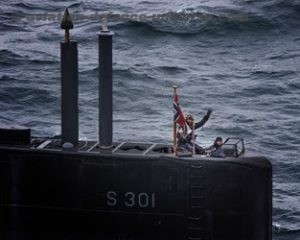
Three nuclear boats – Trenchant plus France’s FS Casabianca and the US Navy’s USS Indiana – and two traditional diesel-powered boats (which have to come up to periscope depth regularly to recharge their batteries) from Germany (U36) and Norway (HNoMS Utsira) act as the cutting-edge opponents to the surface and aerial hunters.
At the height of the hunt, both ships and submarines will maintain maximum silence to prevent giving their locations away. Everything is battened down tightly to prevent doors and hatches banging or tools falling out of racks.

Only sailors required on duty will be at their posts, moving around the ship in their socks to minimise noise when clambering up and down ladders; their shipmates retire to their bunks until needed.
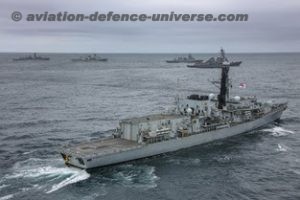
As well as the core anti-submarine element of Dynamic Mongoose – which is hosted every other year off the Icelandic coast – there are other more general tests and manoeuvres, such as choreographing submarines and warships in close proximity on the surface, down to more ‘warry’ training such as swarm attacks by fast surface craft (known as ‘quickdraw’ as it demands an immediate and accurate response from the ships’ gunnery teams).




























